-
Trying out MB Manager by @timapple. Not bad. I like how snappy everything is. I also like the option for a serif font. Quite a unique way of reading Micro.blog.
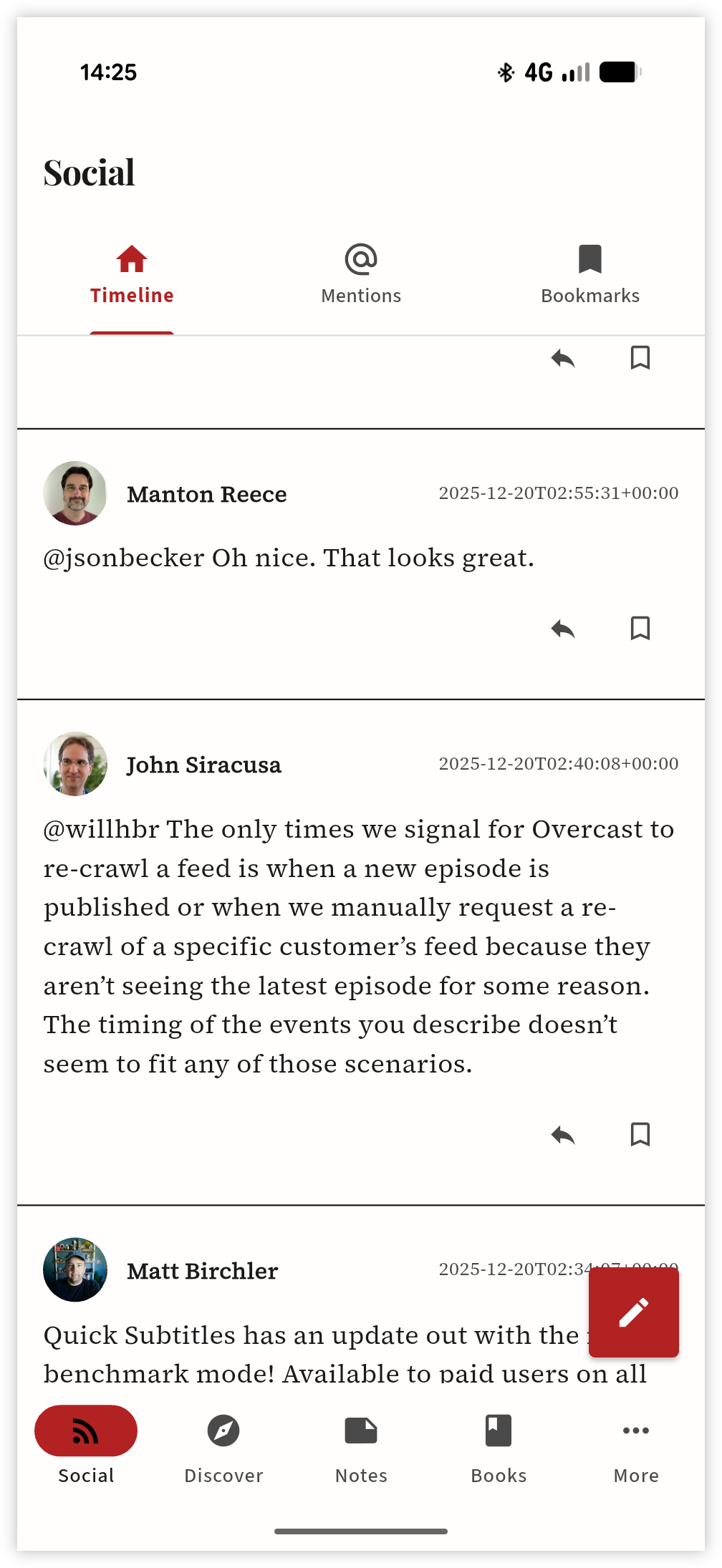
-
Found another 20 cent coin from Singapore in my washing the other day. I now think they did come from my 2023 trip to Singapore, as I checked my cash box to see if it was the same coin as last time and I found a $1 SGD coin in there too.
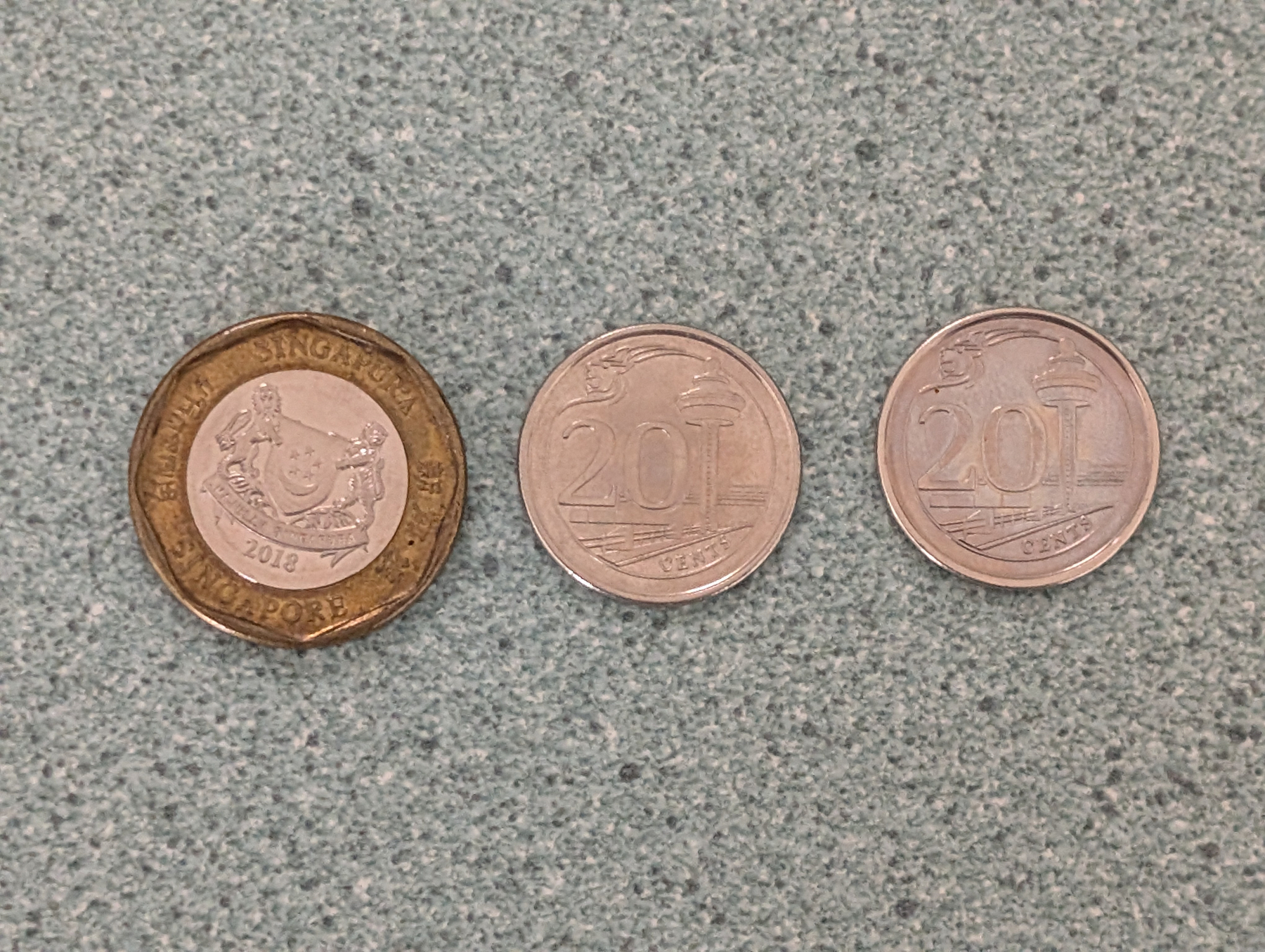
-
Dec 20 - Sparkle
#12days

-
🦆 Dialogue
Good Banter Not Found
Why yes, I have been reading Gödel, Escher, Bach. Continue reading →
-
Dec 19 - Beard
#12days
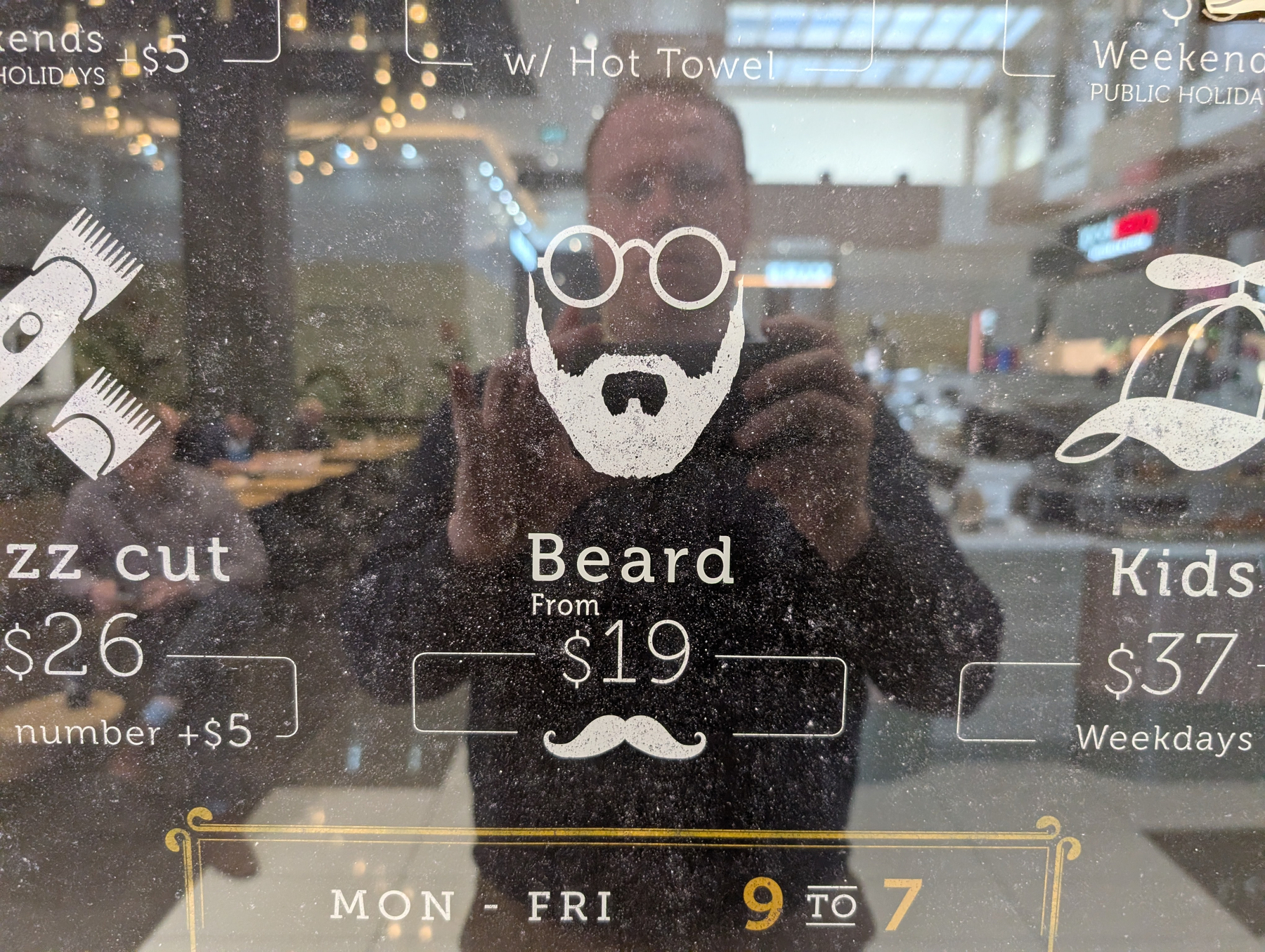
-
If anyone out there finds me at the gym rocking my new ATP T-shirt, yes I am interested in a job. 😛
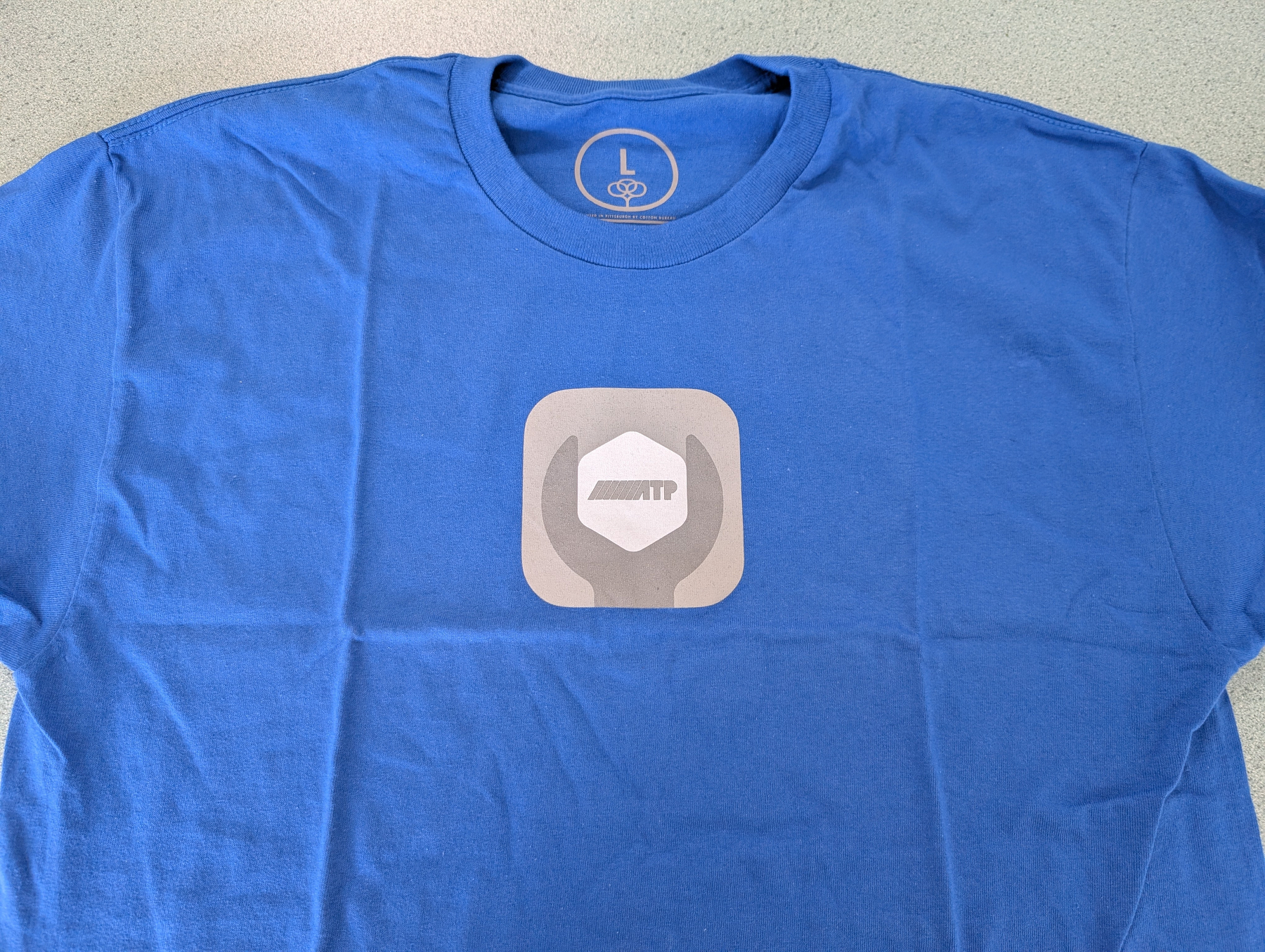
-
Some Caution on Using ROWIDs for Primary Keys in Sqlite 3
Relying on ROWIDs in SQLite can lead to reused IDs, causing issues with foreign key cascading deletes, which can be mitigated by using the
autoincrementfeature despite its overhead. Continue reading → -
Dec 18 - Evergreen
Norfolk Island Pine trees on Churchill Island. #12days
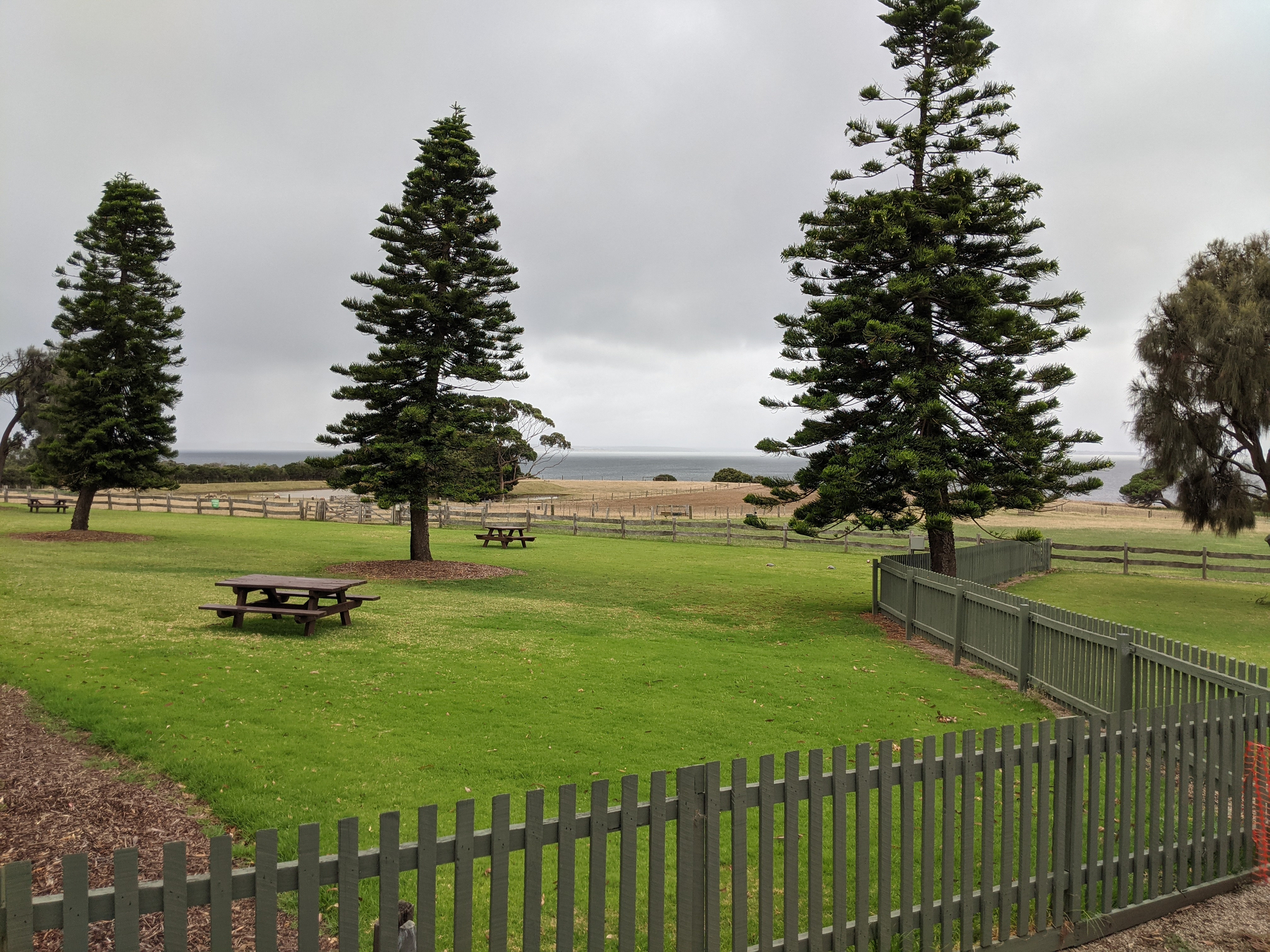
-
I just got an email to view my LinkedIn Year In Review.
Why is that a thing....No one wants that.
Got curious and took a look at my LinkedIn “Year In Review”. Well okay, I opened it. But when I found out it featured an animated slide show (is this how Instagram Stories work?) that I couldn’t quickly swipe through, I closed it again. Didn’t help that the first slide was “you joined LinkedIn in 2011”.
-
Whenever I think about the obsticals to progress, such as whether there’s enough material to build the solar panels necessary to decarbonise, I cast my mind back to what experts say about the speed at which we’d get a Covid-19 vaccine. In early 2020, the estimate was 2 years to get a vaccine developed, tested, and distributed: those eggs need to come from somewhere. And what happened? We ended up getting the fastest vaccine ever made. Necessity always breeds innovation. You just need to find that necessity.
-
Dec 17 - Firelight
A lucky encounter that someone had a bonfire going when I was out walking a couple of days ago. #12days
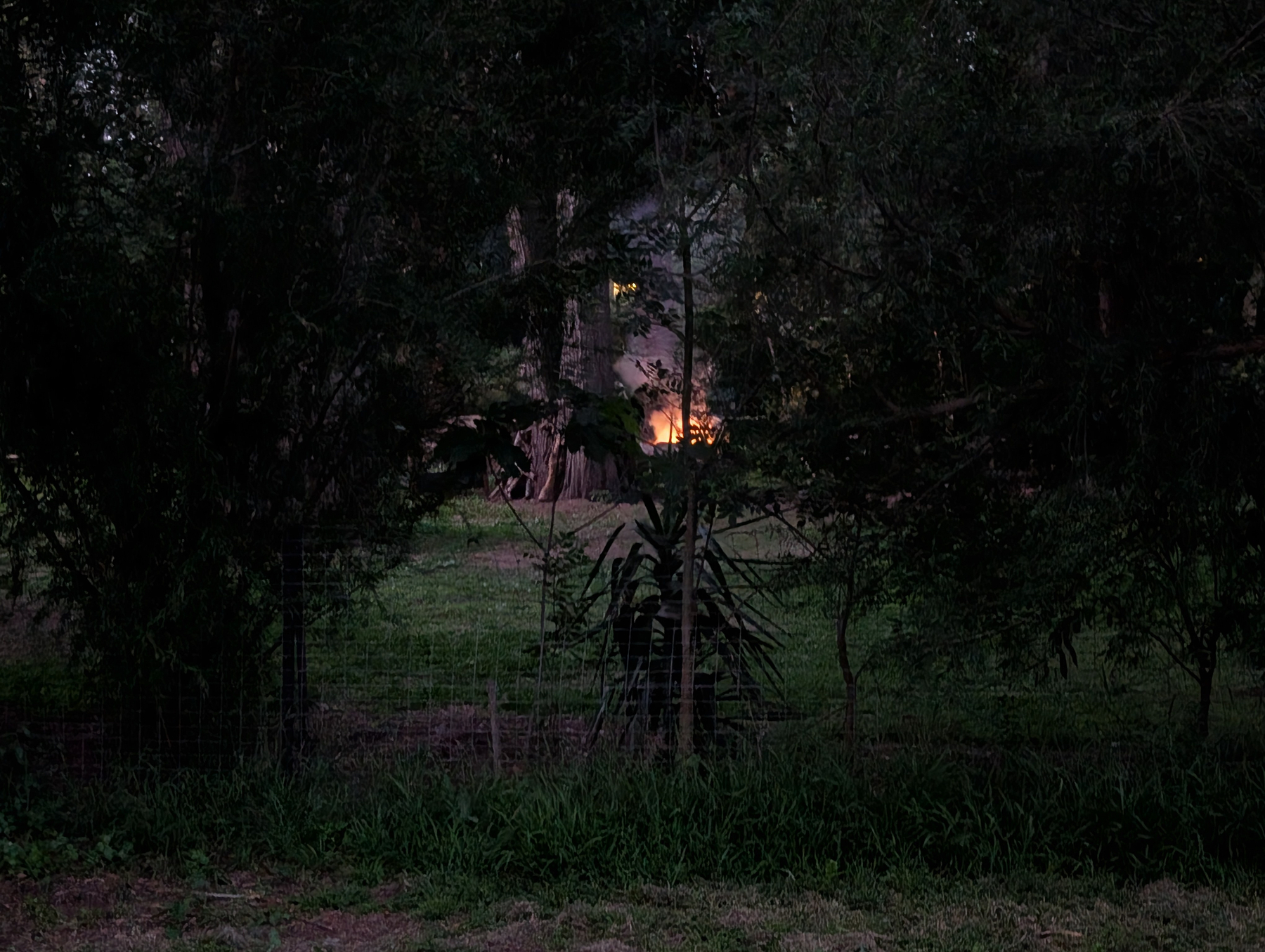
-
The results are in. Final tally of my work Obsidian vault:
- Total notes in vault: 838
- Daily notes for 2025: 226
- Vault size: 74 MB
Vault storage is up 850% from last year, mainly because I’ve started adding attachments.
-
Halfway through my last day of the year, and quite frankly, I’m already checked out. Will try to get one more thing finished then I think I’ll call it.
-
Dec 16 - Cozy
One of the earliest photos in my library of our family dog trying his best to be cozy. Taken Oct 2009. #12days

-
Been thinking about the terrible Bondi shooting all day yesterday. Absolutely tragic. Clearly our gun laws are slipping: they’ve been one or two other shootings this year that have disturbed me. The bans put in place in 1996 have helped but I guess we’ve got complacent and let them erode.
-
Dec 15 - Frost
It’s summer here in the Southern Hemisphere so all the wintery submissions will have to be for photos taken six months ago. Here’s my entry for “frost”: a frozen puddle taken near “Tuggers” in the ACT. #12days

-
Using Pagefind in Micro.blog to Only Return Posts in Search Results
When I tried out Pagefind for the first time on this site, I was finding that the results were including more than just the posts, such as the post lists, the stats page, the archive page, and a bunch of other indexed pages. These were crowding out the posts themselves, and I expressed my wish for a way to control the indexing in some way. Turns out there’s no need to modify the indexing, you can do this using Pagefind filters. Continue reading →
-
Maybe writing code is no longer part of my “core offering” at this point in my career. Maybe it is the “judgement, tradeoffs, intents” and all the other buzzwords people throw around when describing a senior software engineer. Maybe the idea of physically typing out the code is considered a waste of time to some (is one simply “typing out” the code? Are you not planning, designing, verifying, testing? That’s what I’m doing while I’m “typing out”). So maybe you’re right in thinking that I should just throw out my keyboard and let the agents do the coding.
But I didn’t get into software development to do the buzzwordy stuff. I came because I love to code, to convert lines of text into a living entity. I will use the agents — I find them useful for doing the rote, mundane stuff — but I don’t like the idea of offloading all my coding to them. I’ve seen how they code, and I know I can do better.
-
🖼️ Gallery
Riding The Metro Tunnel
Checking out the new Metro Tunnel, and taking lots of photos in the process. Continue reading →
-
Been a while since I visited Melbourne University. Good seeing the old haunts again.



-
Someone should roll out vending machines that sell pocket-sized tubes of sun screen. At this time of year, such machines would be more useful to me that the ones that vend rechargeable batteries.
-
iPadOS 26 is still quite buggy. Safari shows visual glitches when I switch over to it, only for them to disappear when I start scrolling. And today, I spent a good few minutes fighting the horizontal scroll-panes in the share sheet to scroll to the bottom. They really need to polish this up.
-
I’ve been thinking about my career recently, wondering what my next step will be. Part of me is starting to feel a little entrepreneurial, actually. I do have an idea for something. May spend my upcoming leave exploring it a little.
-
One of these days, I really should take a real look at Rust. Had a great conversation with a colleague about the language today and learnt some interesting tidbits, such as Rust being one of the few languages allowed in the Linux kernel (not even C++ can make that claim 😀).
